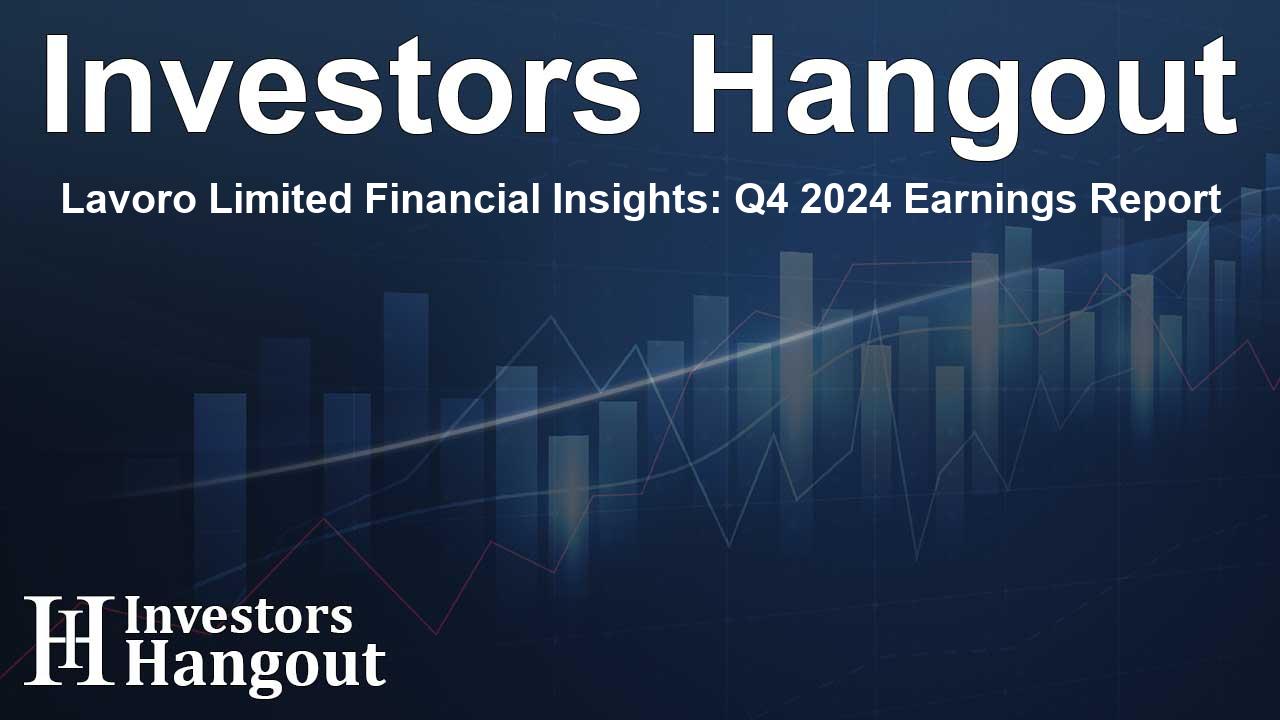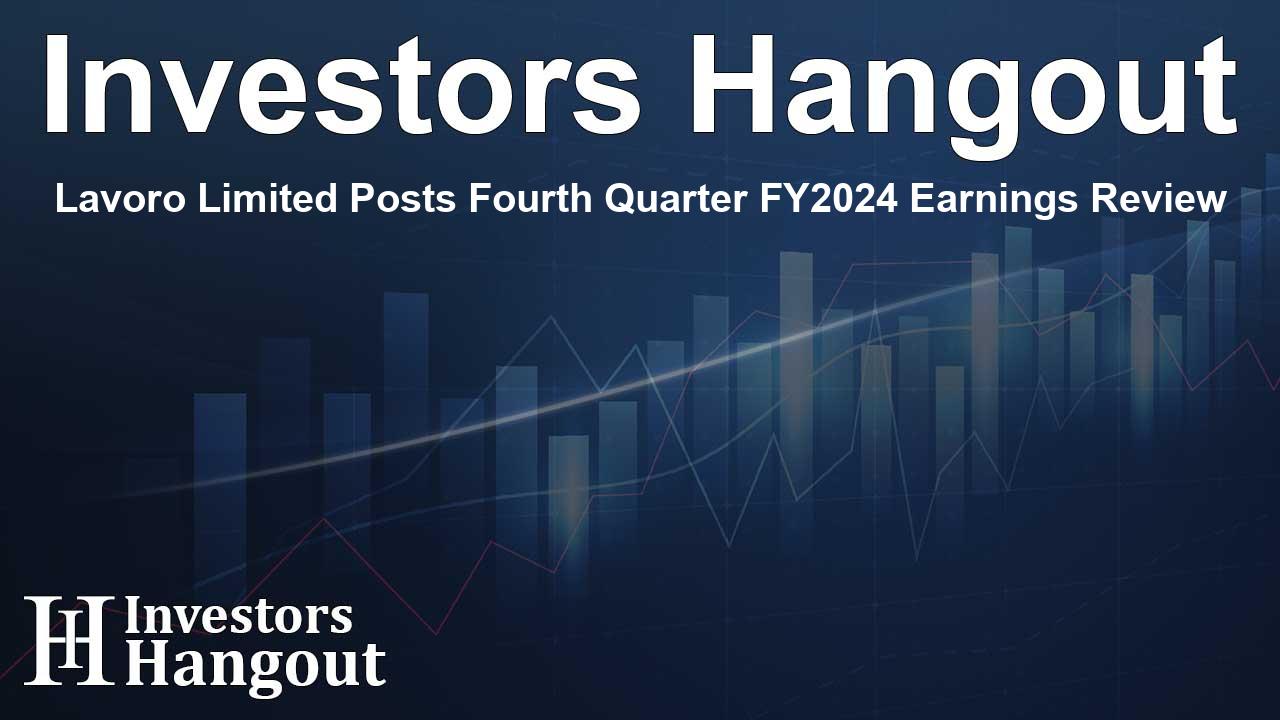Core PCE Price Index Reveals Steady Consumer Spending Growth

Understanding the Core PCE Price Index
The Core Personal Consumption Expenditure (PCE) Price Index is a critical economic indicator that measures changes in the price of goods and services that consumers purchase for personal consumption, excluding volatile items like food and energy. Recently, the index reported a figure of 0.3%, aligning perfectly with economists' predictions. This alignment suggests a level of predictability in consumer spending patterns, which is often viewed positively by market analysts.
Significance of the 0.3% Reading
The reported 0.3% for the PCE Price Index indicates a slight increase from the previous 0.2%. This increment might seem modest but reflects a moderate acceleration in inflation trends that could eventually influence interest rates. Such changes in consumer prices are not merely numbers; they represent shifts in consumer behavior and spending priorities, which are crucial for economic growth.
What Does This Mean for the Economy?
The PCE index serves as a barometer for consumer spending, and the recent rise suggests that people are willing to spend more on goods and services. A healthy spending trend typically spurs economic activity and can lead to job creation. Additionally, increasing consumer spending can be a signal to policymakers about inflationary pressures, prompting them to consider adjustments in interest rates to maintain economic stability.
Impacts on the US Dollar (USD)
When consumer spending aligns with market expectations, as reflected in the Core PCE Price Index, it can be a bullish sign for the US Dollar (USD). A positive consumer sentiment often correlates with stronger currency performance, attracting both domestic and foreign investments. Investors are likely to interpret the steady growth in the PCE index as a sign of economic stability, enhancing confidence in the USD.
Monitoring Future Trends
As market conditions evolve, the Core PCE Price Index will remain a critical focus for economists and investors alike. Upcoming releases of this data will be scrutinized closely, as they can provide insights into not only consumer spending trends but also overall economic health. Investors should keep an eye on these metrics, as they can point toward shifts in monetary policy and influence asset prices.
Frequently Asked Questions
What is the Core PCE Price Index?
The Core PCE Price Index measures changes in the prices of goods and services that consumers buy for personal consumption, excluding food and energy costs.
Why is the Core PCE Price Index important?
This index is crucial as it helps to gauge inflation and consumer spending, providing insights into economic trends and potential monetary policy shifts.
What does a 0.3% increase indicate?
A 0.3% increase suggests moderate inflation and a slight uptick in consumer spending, which may influence interest rates positively.
How does the PCE index impact the US Dollar?
When the PCE index reflects consumer spending that aligns with expectations, it can strengthen the US Dollar as it indicates economic stability.
Why should investors monitor the PCE Price Index?
Investors should pay attention to the PCE Price Index because it provides valuable insights into consumer behavior and can signal upcoming changes in economic policy that may affect their investments.
About Investors Hangout
Investors Hangout is a leading online stock forum for financial discussion and learning, offering a wide range of free tools and resources. It draws in traders of all levels, who exchange market knowledge, investigate trading tactics, and keep an eye on industry developments in real time. Featuring financial articles, stock message boards, quotes, charts, company profiles, and live news updates. Through cooperative learning and a wealth of informational resources, it helps users from novices creating their first portfolios to experts honing their techniques. Join Investors Hangout today: https://investorshangout.com/
Disclaimer: The content of this article is solely for general informational purposes only; it does not represent legal, financial, or investment advice. Investors Hangout does not offer financial advice; the author is not a licensed financial advisor. Consult a qualified advisor before making any financial or investment decisions based on this article. The author's interpretation of publicly available data shapes the opinions presented here; as a result, they should not be taken as advice to purchase, sell, or hold any securities mentioned or any other investments. The author does not guarantee the accuracy, completeness, or timeliness of any material, providing it "as is." Information and market conditions may change; past performance is not indicative of future outcomes. If any of the material offered here is inaccurate, please contact us for corrections.
Recent Articles
- Navigating the Changes in Medicare Part D Premiums for 2025
- Federal Reserve's Inflation Metric Shows Expected Slowdown to 2.1%
- Discover Affirm's Upcoming Investor Conferences and Goals
- Investigation into TKO Group Holdings, Inc. for Fiduciary Breaches
- US Jobless Claims Drop Signals Economic Strength and Growth
- Understanding Distribution Sources for Western Asset Fund
- Enhancements in Oracle Health Data Intelligence for Better Healthcare
- Roblox Boosts Forecasts, Shares Surge Amid Growing User Engagement
- Wells Fargo's CFO to Address the BancAnalysts Conference Soon
- Global Dialogue on Russian Disinformation and Faith Freedoms
- Digital Strategies Enhance Advisor-Manager Relationships
- Rosenblatt Raises Fortinet Target: A Positive Outlook for Cybersecurity
- Revolutionizing Mental Health: Invest in Transformative Innovation
- Serent Capital's Strategic Acquisition of KORE by Two Circles
- FormFactor: Navigating Challenges with a Positive Outlook Ahead
- Revolutionizing Healthcare Operations with Data-Driven Solutions
- CRA Announces 17% Increase in Quarterly Cash Dividend
- Bausch & Lomb Exceeds Expectations with Strong Q3 Growth
- Explore Unmatched Professional AV Gear Auction This November
- Investors Anticipate Distribution Sources for Western Asset Fund









